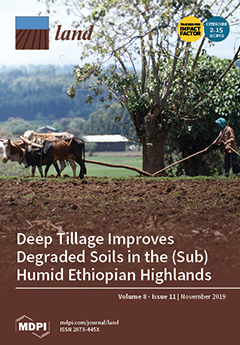Resource information
Cultivated land is closely related to national food security, rural economic development and social stability. The cultivated land pollution and carbon emissions caused by chemical fertilizers, pesticides, film residues, etc., in the process of cultivated land utilization pose a serious threat to the cultivated land ecosystem in China. The comprehensive analysis on the cultivated land green utilization efficiency (GUECL), its influencing factors, and optimization direction provides a valuable basis for the green utilization of cultivated land. Based on a panel data of 30 provinces (cities or districts) in China from 2001 to 2016, the GUECL in China under the constraints of pollution and carbon emissions was measured by using a super-efficient SBM-VRS (slack based model-variable return to scale) model. The influencing factors and optimization directions of the GUECL were analyzed through the Tobit model and slack values, respectively. The results show that the GUECL in China rose with fluctuations from 2001 to 2016. Since 2014, the eastern region has surpassed the western region and has become the region with the highest mean GUECL value. The room for resource conservation and pollution reduction varies in different regions of China. Farmers’ dependence on cultivated land and agricultural added value are positively related to the GUECL in China. Farmers’ occupational differentiation, agricultural machinery density, and agricultural disaster rate have had negative effects on the GUECL in China. The loss of the GUECL in China is mainly due to the redundancies of land input, pollution emission, and mechanical input. By analyzing these influencing factors and optimization directions, it is concluded that improving rural land transfer market and agricultural infrastructure construction, establishing a new agricultural technology extension system, and vigorously cultivating new professional farmers are the targeted measures to improve the GUECL.


